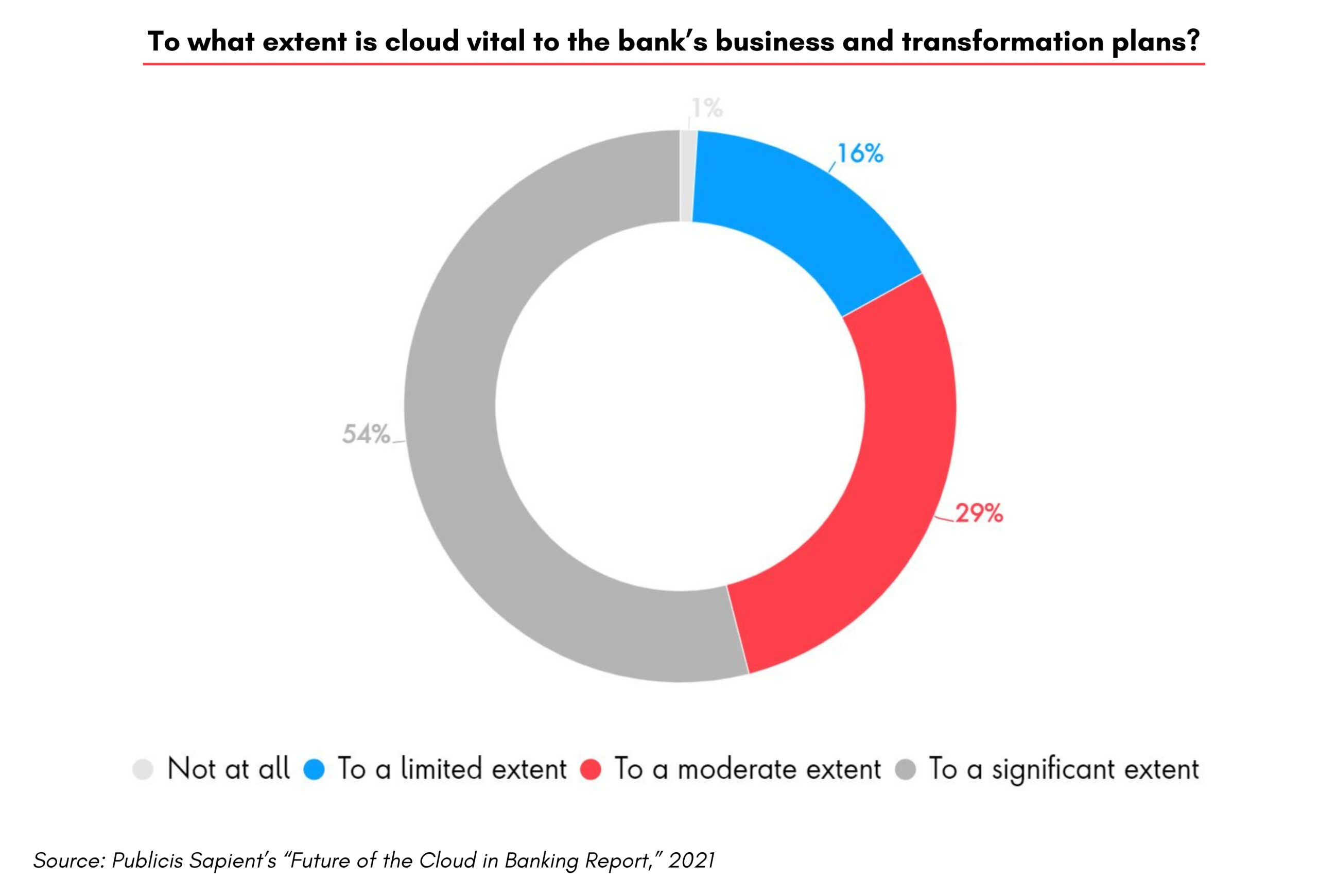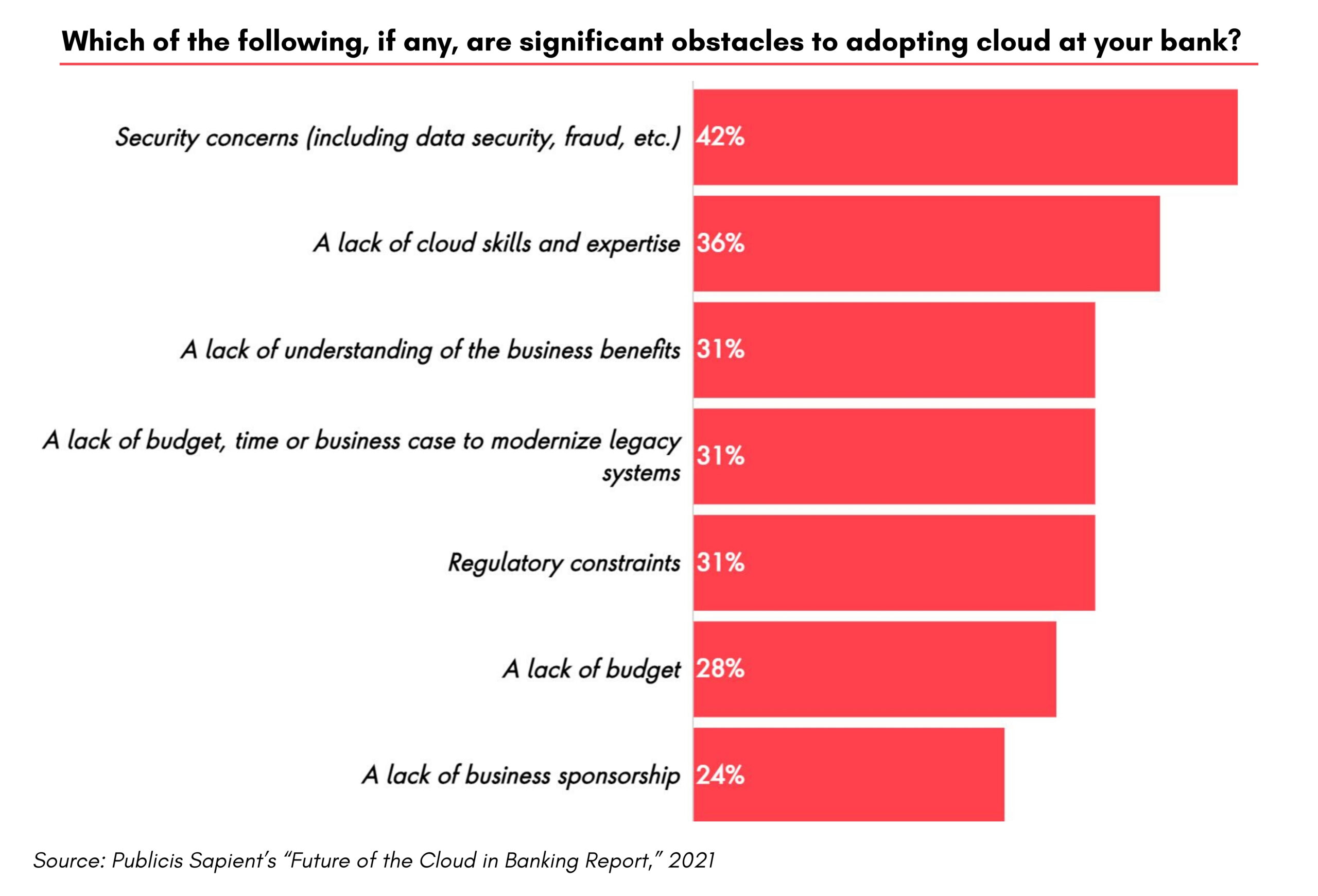Switching from legacy systems to the cloud is the next step in banking innovations, and Celero is prepared to help Canada’s credit unions make the move.
Celero’s journey of moving our key platforms like the Fiserv DNA™ Core Banking and Integration Services to the cloud sets us apart. These migrations bring new possibilities and benefits for our clients.
Migrating the DNA databases to the Oracle Exadata Cloud completely modernized the storage and access for our flagship service, making it more stable and secure. This move establishes Celero as one of the largest managed service providers of core banking in a public cloud environment.
Moving our Integration Services to Microsoft Azure is an ongoing process. When the migration is complete it will allow for a more dependable platform to deliver services with minimized downtime, higher speed and lower costs to our clients.
The decision to use both Oracle and Microsoft’s platforms was an intentional part of our hybrid cloud strategy. Celero wanted to take advantage of the infrastructure offered by both of these cloud leaders. This proved to be a wise choice, as these two companies recently announced they were deepening their partnership to better enable hybrid cloud strategies like Celero’s.
Celero has additional migrations planned for the near future, including our Celero Xpress digital banking being moved to Azure Kubernetes Service (AKS), and all client hosted workloads moving to Microsoft Azure.
Why Did Celero Make the Move?
While the cloud comes with numerous perks, here are four notable reasons behind Celero’s recent and future migrations:
- Improved ability to monitor and manage workloads. The comprehensive tools within the cloud help keep an eye on and control the processes that Celero’s systems are handling. This key benefit to using the cloud helps us ensure everything is running smoothly.
- Faster deployment speed for new systems. Setting up and using new systems can be done much more quickly compared to traditional methods. This agility is essential for adapting to changes or introducing new features promptly.
- Transparent costs. The costs associated with using cloud services are clear and predictable, making budgeting easier.
- Increased elasticity. The cloud provides flexible scalability that can be adjusted according to demand. This is more efficient than purchasing and maintaining any unnecessary hardware for a data centre.
These improvements have Celero excited to provide credit unions with innovative cloud-based solutions. While some credit union leaders may still feel hesitant about these kinds of changes, others have already pursued and implemented cloud technologies.
Cloud Concerns Amongst Banking Leaders
In 2021, Publicis Sapient partnered with Google Cloud to conduct a report that surveyed 250 global banking leaders about their institution’s attitude towards the cloud. When asked, to what extent is cloud vital to the bank’s business and transformation plans? Just over 50% of the leaders said to a significant extent– demonstrating that there is only a general and slightly underwhelming understanding of the importance of this technology.

An ideal cloud platform would enable data insight, automation, collaboration and customer focused products, while lowering IT costs. With the way it outperforms legacy systems, there is no reason why every credit union shouldn’t be considering making the move.
However, there are barriers that some banking institutions are struggling to overcome. In the same report, Publicis Sapient also asked the banking leaders, which of the following, if any, are significant obstacles to adopting cloud at your bank? The top concerns were security and a lack of expertise.

Whenever new technology is being implemented, there are challenges. But overcoming those hurdles is not impossible.
Ensuring security: Technology has come far enough that cloud platforms are often more secure than many on-premise infrastructures. But is it crucial that the provider has experts working at every step of development and implementation to ensure utmost security. Fragile set-ups are what lead to risk.
Improving cloud skills and expertise: It is not ideal to rely solely on the provider for knowledge, there should also be cloud skills within your credit union’s IT department, or a trusted partner. Analyzing the skills of your team and seeking training opportunities or new recruits is a natural part of keeping up with new technologies.
The question to ask while analyzing your credit union is this: do the challenges of our on-prem infrastructure outweigh the challenges of the cloud?
Credit Unions that have Moved to the Cloud
Credit unions have a long history of being financial trailblazers, so naturally, moving to the cloud has been an integral part of several Canadian credit union’s digital transformation journeys.
For those who are still not convinced about making the move, here are three credit unions that have leveraged the cloud:
Meridian Credit Union moves to Oracle NetSuite
In July of 2022, Meridian Credit Union chose Oracle NetSuite to help unify and manage its financial operations on the cloud. “Moving to NetSuite and having one system to manage our business paves the way to complete digital transformation across our platforms,” Tara Daniel, Senior Vice President and Chief Financial Officer, Meridian Credit Union.
Meridian is the largest credit union in Ontario and second largest in Canada. Meeting the needs of a sizeable member population requires an increase in automation. This move was to help Meridian maximize efficiency for financial reporting and increase transparency across the organization.
Vancity Credit Union moves to nCino
Canada’s largest credit union, Vancity, tackled the daunting task of replacing a 15-year-old legacy system with a cloud platform that manages the loan lifecycle.
“By adopting nCino for our commercial lending operations, we’ve embraced a cloud-based technology with regular updates and releases that will grow along with us and help us remain competitive and agile,” said Nez Aquino, CEO at Vancity.
It was tempting to pause digital transformation journeys amidst the pandemic. But Vancity understood that during a time of crisis, innovation is the key to recovery.
Leaving Behind Legacy Systems
It can be easy to feel comfortable with what is familiar. However, the older and more common systems often require extra space, power, hardware, maintenance, etc. These features of legacy systems can cause them to be more expensive than the long-term cost of switching over. Although, it is not all about cost; flexibility, security, innovation– these positive traits, and the many others that come with the cloud are priceless when viewed from a transformation perspective.
The cloud is not a magic bullet for all challenges, but the strategic use of this technology can change the way a credit union does business for the better. To learn more about Celero’s present and future cloud migrations and how your credit union can develop a custom hybrid strategy of its own, talk to your Celero Account Executive or contact us.

